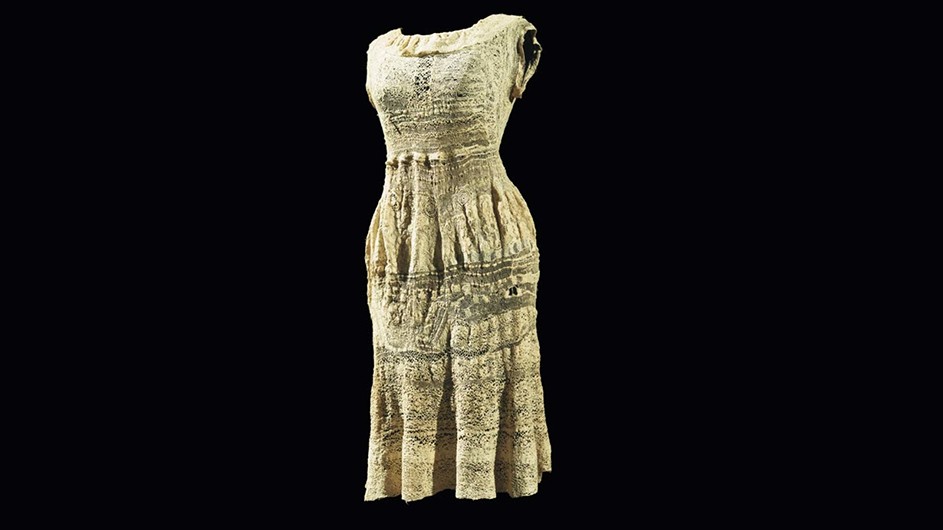The Beauty of Art Brut
An online event at Maison Française celebrates the creations of outsider artists.

On February 18, Maison Française hosted a discussion on “Art Brut”—known in the United States as Outsider Art—featuring art historian Lucienne Peiry, along with History and French Professor Camille Robcis. The event was cosponsored by the Department of History, the Society of Fellows, and Heyman Center for the Humanities.
In her introduction, Peiry described Art Brut’s history. In 1945, renowned French painter Jean Dubuffet coined the term, and began to collect works made by outsider artists, “those who haven’t had the right to speak, and seize this right to dive into creation in total freedom,” he said.
Art Brut is created by nonconformist artists—“patients from psychiatric hospitals, prisoners, mediums, psychics, loners”—who lack formal artistic training and work outside of artistic norms, usually without the intention of exhibiting their highly personal works.
These self-taught artists develop their own systems of expression to produce paintings, sculptures, drawings, and textiles beyond official artistic circles. Sometimes unaware of social conventions, often resistant to cultural rules, they transgress (sometimes involuntarily) established codes and invent personal symbolic universes. In their works, they devise subjects, modes of representation, systems of perspective, and technical means, often resorting to used or humble materials.

Finding Purpose and Solace in the Creation of Art
Identifying solitude, secrecy, and silence as three key conditions in which Art Brut creators operate, Peiry discussed pieces made by four Art Brut practitioners: Arthur Bispo do Rosário, Agnes Richter, Angus McPhee, and Marguerite Sirvins. All of them were committed to psychiatric hospitals, where they lived in harsh conditions and social exclusion, but they found purpose and solace in transforming discarded or found materials into imaginative garments.
Sirvins spent five years skillfully producing a delicate, elaborate wedding dress out of threads pulled from unraveled bed sheets. She never wore the dress, but it served as a symbol of her imaginary freedom and her desire for beauty, bodily celebration, and a sense of belonging that were inaccessible to her in real life.
“These garments protect [their creators] from adversity and external threats. At the same time, they allow them to decorate, honor, and exalt their bodies. They draw strength from these adornments by the act of creation,” said Peiry.
Robcis then spoke more about Art Brut’s origins and early appreciation. At a psychiatric facility in Saint-Alban, France, Dubuffet identified some of the first examples of Art Brut made by patients who “used art to resist their social disintegration,” said Robcis. Saint-Alban was a birthplace of institutional psychotherapy, which sought to transform these once-brutal institutions into places of healing and community.
To promote patients’ social integration, doctors developed new techniques like ergotherapy stations, which allowed patients to rotate between different shared tasks and crafts. Robcis explained that “it’s at these ergotherapy stations [at Saint-Alban] that a lot of the art that will later be known as Art Brut was fabricated.”
To watch the full webinar, visit Maison Française.